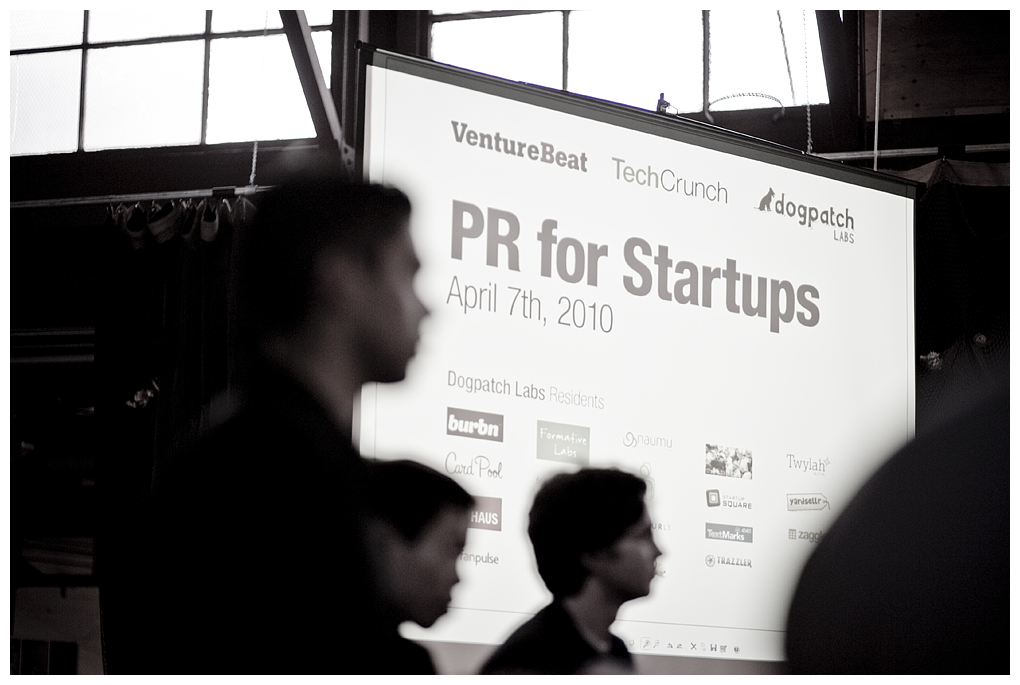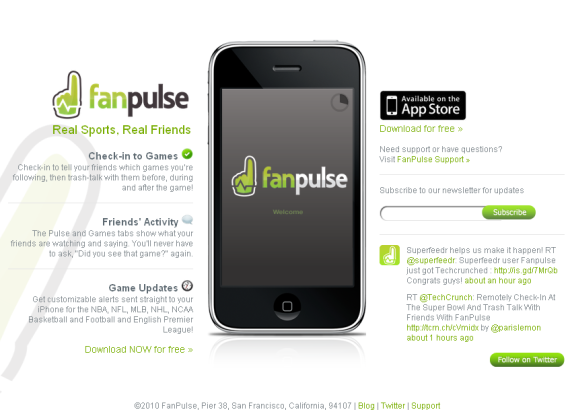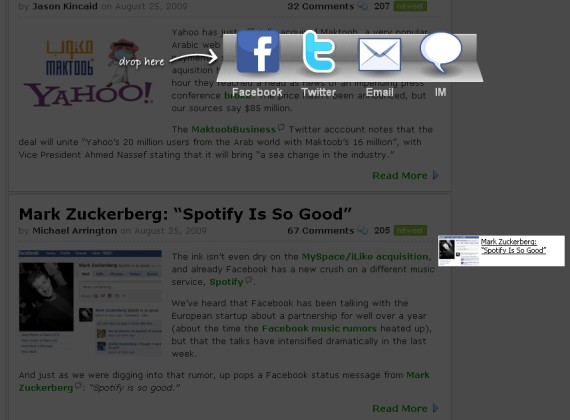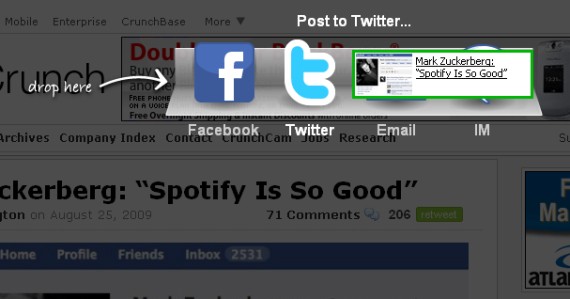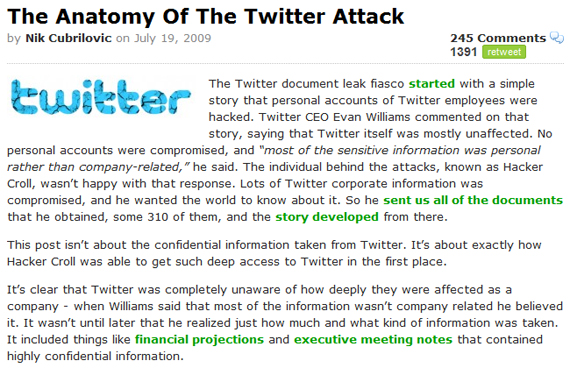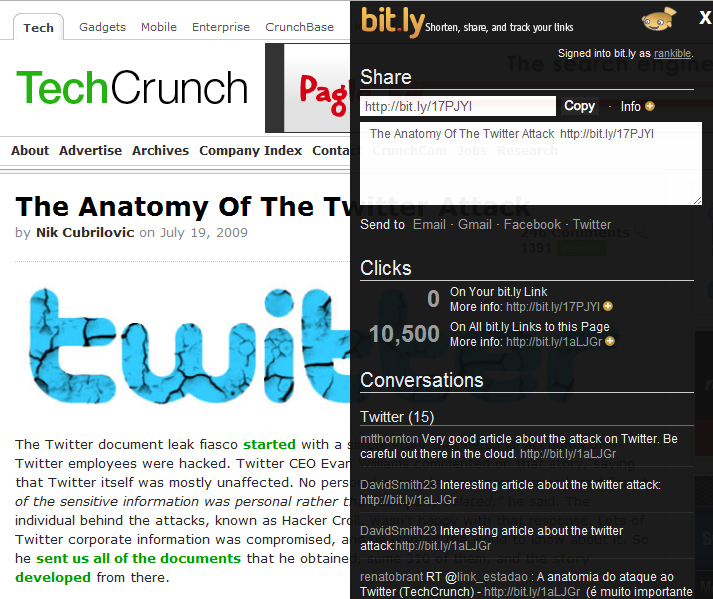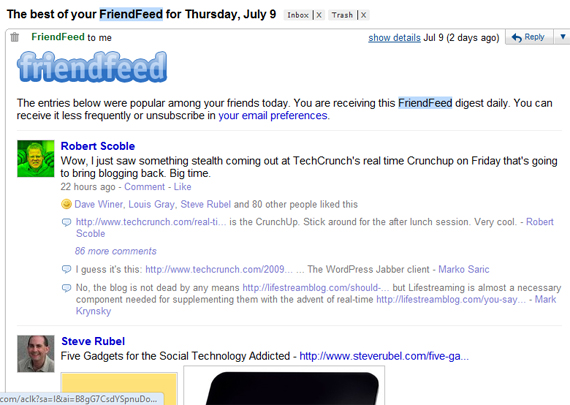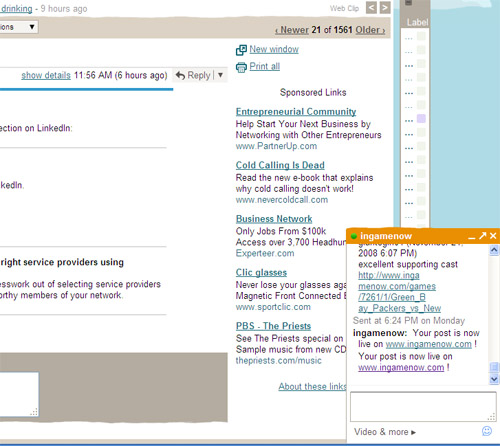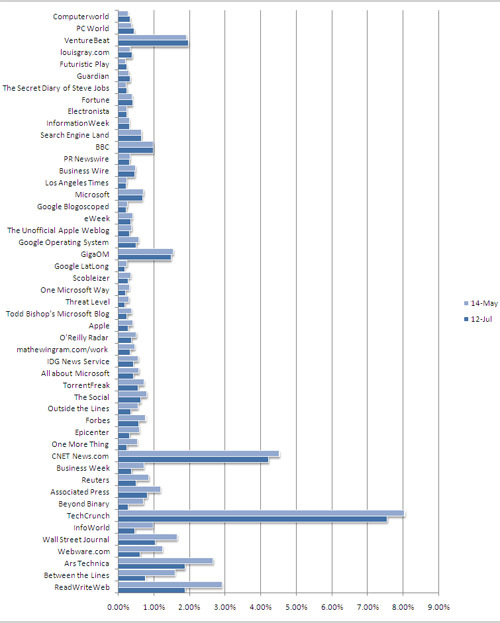Note: This article originally appeared on TechCrunch ("5 Ways for Startups to Grow Their Brands on Twitter”). Last week I began an effort to answer those questions I get asked most frequently, starting with how to create an early-stage pitch deck. Today, I address the next most popular question: how best to grow your brand on Twitter? Twitter is the ultimate marketing platform. But the scale of Twitter is so extraordinary (250 million tweets / day) that it is actually quite easy to get lost in the noise.
Separating yourself from the masses really begins with the recognition that Twitter is first and foremost a platform for conversation. If you believe that, you avoid the mistake most brands make: treating Twitter as a mechanism to push content rather than create engagement.
And once your goal is to foster conversation and engagement, you can follow these five guidelines:
1. Listen. 2. Be authentic. 3. Be compelling. 4. Find the influencers. 5. Extend off-twitter and onto your site.
In the below presentation, I breakdown these core themes and provides examples of people and companies successfully using Twitter to drive engagement and grow their brands.


